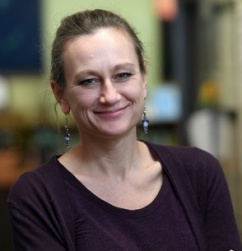Pedagogies (Teaching Approaches and Practices)
Historically, many efforts to create more inclusive classrooms were directed towards adding more content to diversify the voices, worldviews, and perspectives represented in the course. As we evolve our understanding of what creates equitable and just learning spaces, we realize that how we teach is equally (or more!) important than what we teach. While simultaneously diversifying our content, we also adopt and implement pedagogies (teaching approaches and practices) that:
- remove barriers
- amplify natural aptitudes and build on students’ experiences and expertise
- empower students to become expert, resourceful, successful learners
- develop in students (and ourselves) the skills to question and challenge how social power inequities are replicated in our learning and in fields of study
- validate students’ lived experiences and recognize their capacity to be teachers as well as learners.
Universal Design for Learning (UDL), and Culturally Responsive Pedagogy (CRP) are two pedagogical approaches that, particularly when implemented together, give us the tools to transform our students’ learning, significantly improve their success, and teach “the whole student.”

